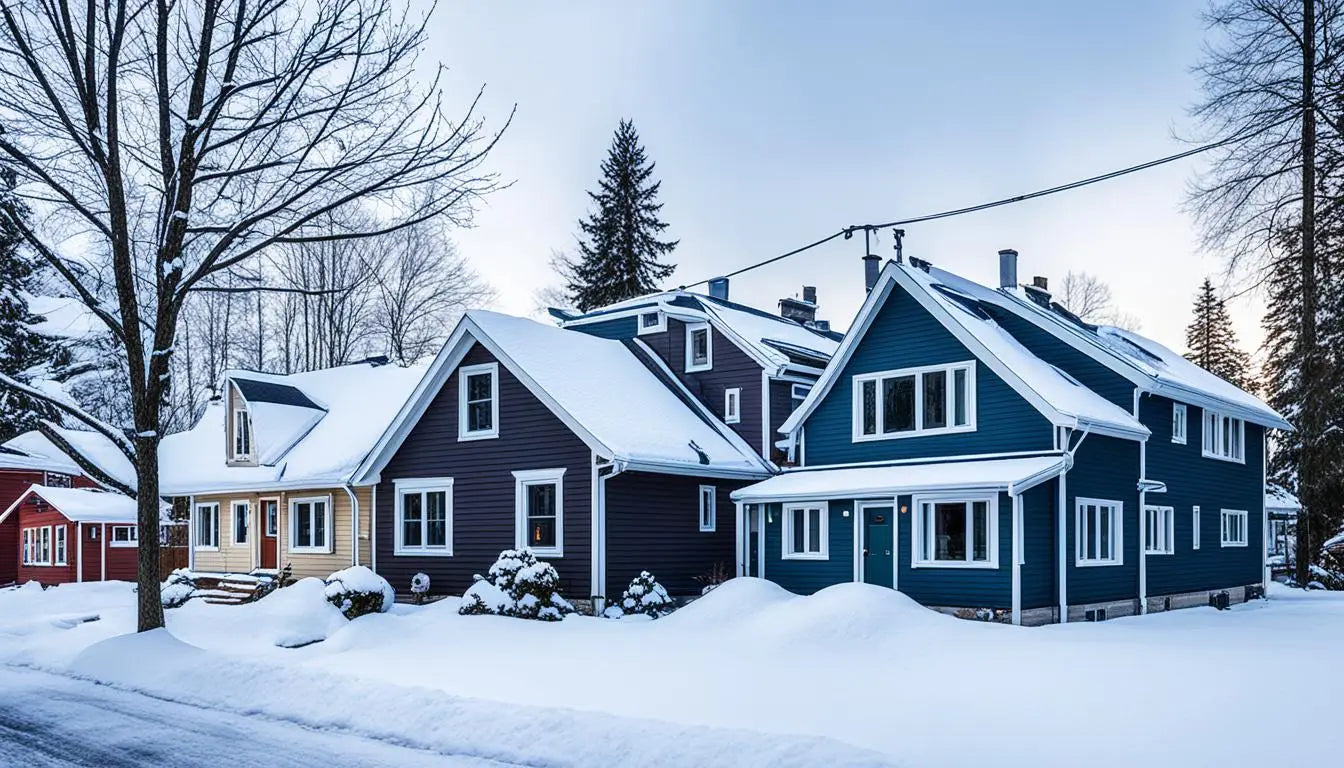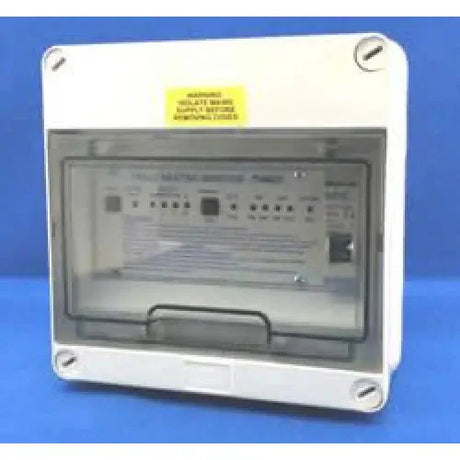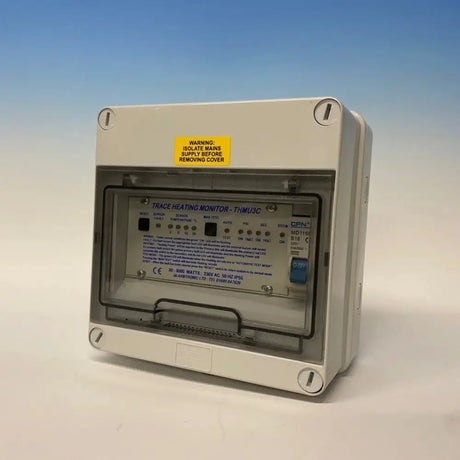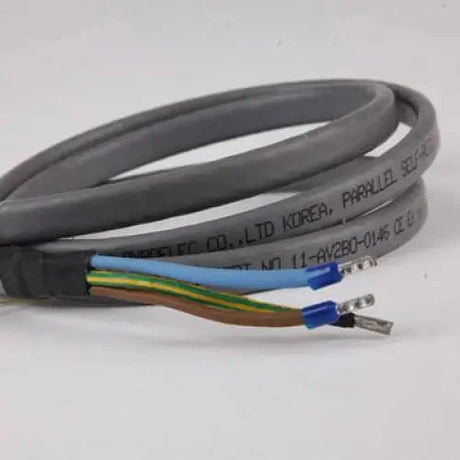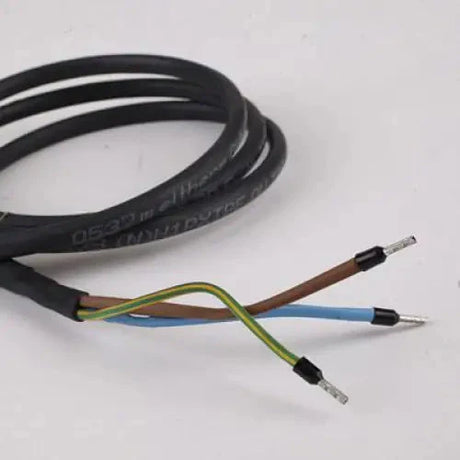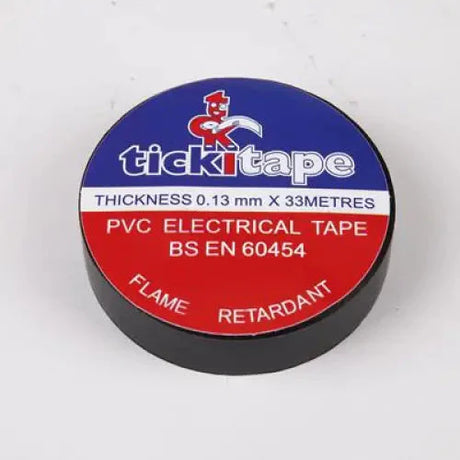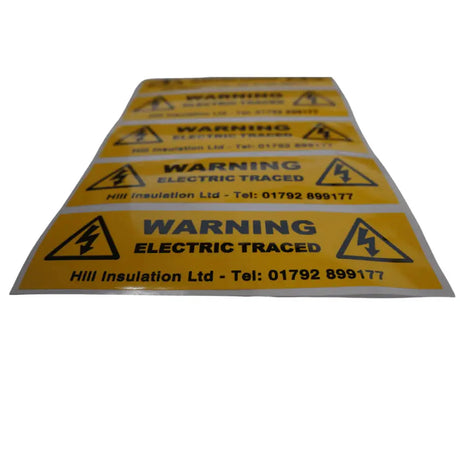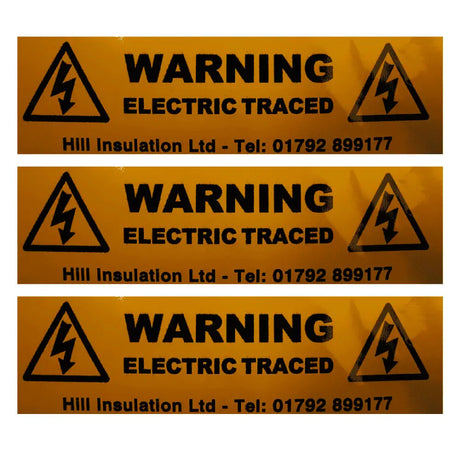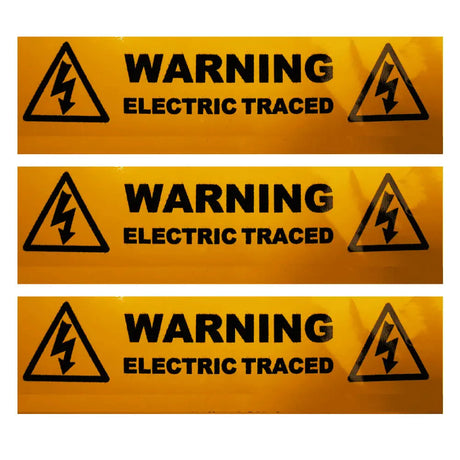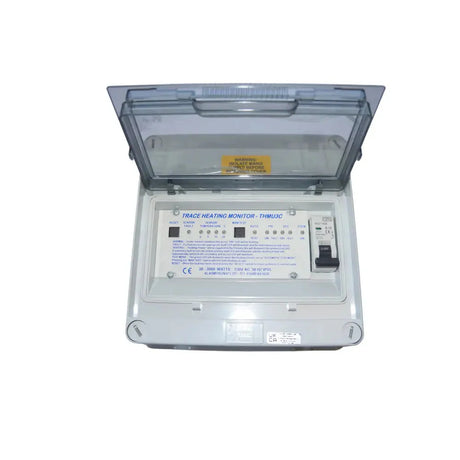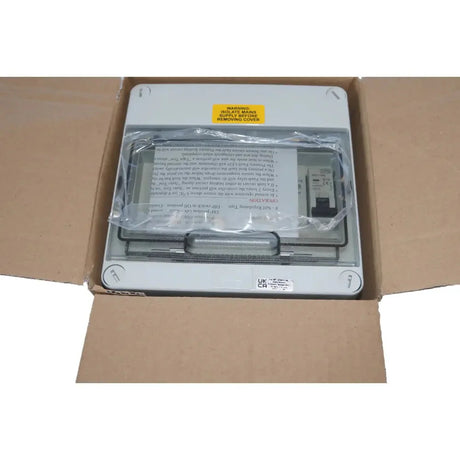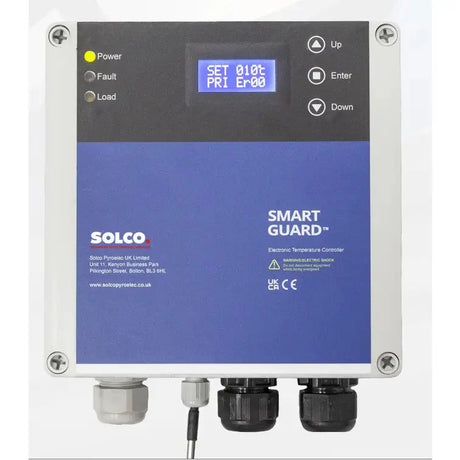Are your heating pipes leaving you chilly? Properly insulating hot water and heating pipes keeps your home toasty. Is pipe insulation really worthwhile?
Insulating pipes is like wrapping them in a cosy blanket. It shields them from harsh winters and sweltering summers. While insulating walls, floors, and roofs is essential, many overlook insulating steam and hot water pipes.
By taking this simple step, you prevent significant heat loss. It enhances living comfort and saves money. Pipe lagging, pipe wrap insulation, and heating system insulation seem minor. However, they greatly impact your home's energy efficiency.
From polyethylene foam to elastomeric foam and nitrile rubber, various insulation materials are available. Let's explore pipe insulation and discover how to keep heat inside your pipes!
The Basics: Understanding Hot and Cold Pipe Insulation
Pipe insulation is crucial for maintaining optimal temperatures and energy efficiency. There are two main types: hot and cold insulation, serving different purposes.
Hot pipe insulation keeps heat within the pipes. By minimising heat loss, it improves energy efficiency, reduces heating costs, and maintains consistent water temperature.
Cold pipe insulation prevents pipes from warming up. It stops condensation forming on pipes, which could lead to mould growth and structural damage.
Hot Pipe Insulation: Keeping the Heat Where It Belongs
Hot pipe insulation ensures hot water stays at the desired temperature. It prevents heat loss as water travels from your boiler.
Rockwool or elastomeric foam are good insulation materials. They offer excellent thermal performance and fire resistance, ideal for heating system pipes.
Cold Pipe Insulation: Preventing Condensation and Heat Gain
Cold pipe insulation keeps pipes cool, preventing condensation. Condensation on pipes can lead to mould growth and structural damage to your home.
Rubber-based products like Kaiflex Insulation provide superior thermal performance. They're easy to install and offer excellent moisture resistance, ideal for refrigeration and cold water pipes.
| Insulation Type | Benefits | Recommended Materials |
|---|---|---|
| Hot Pipe Insulation |
|
|
| Cold Pipe Insulation |
|
|
Both insulation types reduce noise from water rushing through pipes. Most are easy to install without professional help, but inspect yearly for wear and tear.
Identifying Which Pipes to Insulate in Your Home
There are several key areas to focus on when identifying pipes for insulation. By targeting the right pipes, you can boost energy efficiency, maintain ideal temperatures, and stop moisture damage.
Let's explore the three main pipe categories that benefit from insulation:
Hot Water Pipes: Maintaining Optimal Temperatures
Hot water pipes running through unheated areas like garages or crawlspaces need insulation. These pipes are prone to heat loss, reducing energy efficiency and raising heating costs.
Insulating hot water pipes helps maintain optimal temperatures and ensures hot water reaches its destination without losing valuable heat.
Even hot water pipes in heated areas benefit from insulation. This extra layer minimises heat loss and maintains consistent plumbing system temperatures.
Cold Water Pipes: Preventing Moisture Damage
Insulating cold water pipes is crucial. Unprotected cold pipes can experience condensation when warm, humid air meets their cool surface.
Condensation leads to mould growth, corrosion, pipe damage, structural rot, and reduced energy efficiency.
Insulation keeps pipe surface temperature above the dew point, reducing condensation risk and associated problems.
Heating System Pipes: Maximising Efficiency
Pipes carrying hot water or steam from your boiler to heat emitters like radiators or underfloor heating need insulation.
Without insulation, these pipes lose significant heat before reaching their destination, reducing heating system efficiency and increasing energy bills.
Insulating heating system pipes minimises heat loss, ensuring more heat reaches its intended destination for an effective, energy-efficient heating system.
| Pipe Type | Insulation Benefits | Recommended Insulation Materials |
|---|---|---|
| Hot Water Pipes | Maintains optimal temperatures, reduces heat loss, improves energy efficiency | Fibreglass, elastomeric foam, polyethylene foam |
| Cold Water Pipes | Prevents condensation, moisture damage, mould growth, and structural damage | Closed-cell foam, rubber insulation, fibreglass with vapor barrier |
| Heating System Pipes | Maximises heating efficiency, reduces heat loss, lowers energy bills | Mineral wool, fibreglass, calcium silicate, cellular glass |
Insulating hot water, cold water, and heating system pipes improves energy efficiency, prevents moisture damage, and ensures optimal plumbing and heating performance.
should you insulate heating pipes
Insulating your heating pipes is a simple yet effective way to enhance energy efficiency. By preventing heat loss, you can ensure your heating system works optimally. It delivers consistent temperatures throughout your living spaces.
Insulating your heating pipes boosts energy efficiency. When pipes are left exposed, they can lose heat. Your boiler has to work harder, consuming more energy. By insulating pipes, you minimise heat loss.
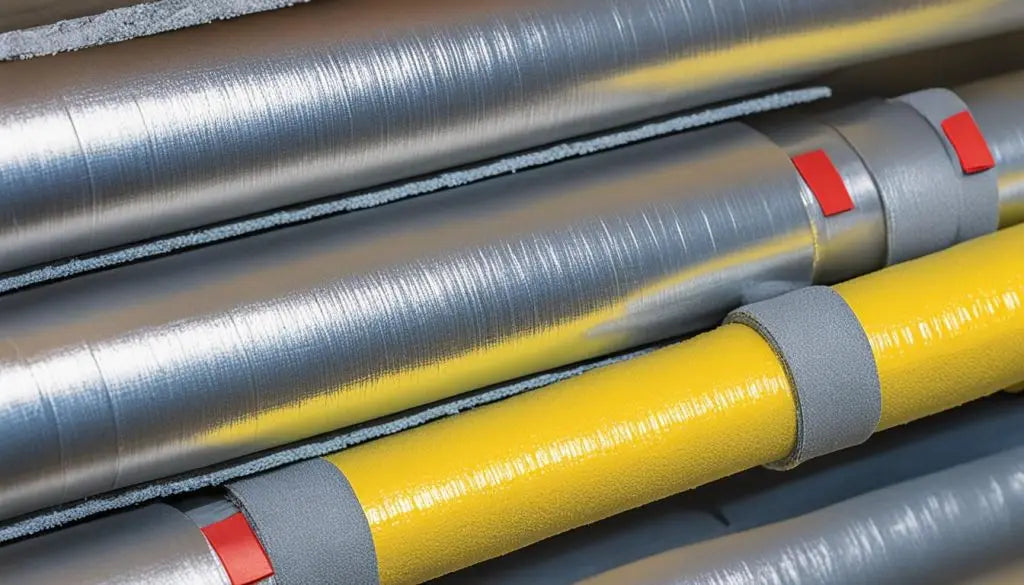
Energy Efficiency Benefits of Insulating Heating Pipes
Insulating pipes keeps the heat inside, translating to energy savings. Your heating system becomes more efficient overall.
Improved Comfort and Consistent Temperatures
Properly insulated pipes ensure hot water reaches radiators at intended temperature. Your rooms are evenly heated, eliminating cold spots. Consistent temperatures reduce strain on your heating system.
Reducing Heating Costs and Saving Money
Improved energy efficiency prevents heat loss, leading to cost savings. When your system operates efficiently, it consumes less fuel. Over time, savings offset insulation costs.
| Pipe Insulation Benefits | Impact |
|---|---|
| Energy Efficiency | Reduces heat loss, improves system performance |
| Comfort and Consistency | Provides even heating, eliminates cold spots |
| Cost Savings | Lowers energy bills, offers long-term savings |
Insulating heating pipes offers energy efficiency, comfort, and cost savings. By preventing heat loss and ensuring consistent temperatures, it proves worthwhile. Consider insulating pipes for numerous advantages.
Choosing the Right Insulation Material for Your Pipes
Fibreglass pipe insulation is a popular choice.
It offers excellent thermal performance and fire resistance.
It's flexible, closed-cell rubber with superb moisture resistance.
Perfect for refrigeration lines or outdoor pipework.
For fire-resistant options, consider rockwool insulation.
Made from spun volcanic rock, it offers superior fire resistance.
Highly effective at reducing heat loss and maintaining temperatures.
When choosing insulation, consider your application's needs:
Thermal performance, moisture resistance, fire resistance, and installation ease.
The table below compares common pipe insulation materials.
| Insulation Material | Thermal Performance | Moisture Resistance | Fire Resistance | Ease of Installation |
|---|---|---|---|---|
| Fibreglass | Excellent | Good | Good | Easy |
| Rubber (Elastomeric) | Excellent | Excellent | Fair | Easy |
| Rockwool | Excellent | Good | Excellent | Moderate |
Carefully consider your requirements and budget.
Choose the insulation material that best protects your pipes.
Ensuring optimal efficiency and peak performance.
Tips for Installing Pipe Insulation: A Step-by-Step Guide
Installing pipe insulation improves home energy efficiency and comfort. Follow these steps for successful installation:
- Pipe Preparation
- Clean pipes, removing dirt and debris.
- Ensure pipes are completely dry.
- Measuring and Cutting Insulation
- Measure pipe length and diameter.
- Cut insulation to appropriate size.
- Accommodate bends and irregular shapes.
- Securing Insulation
- Wrap insulation snugly around pipe.
- Secure with tape or cable ties.
- Apply securing points at intervals.
When insulating pipes through timber joists, maintain insulation thickness while allowing pipe movement. Insulate between joists and where pipes pass through.
For pipes transitioning behind plasterboard, extend insulation to the transition point. Insulate pipes within 1m of hot water cylinders.
Seal insulation joints with sealants or tape to create an airtight seal, preventing air leaks and maintaining effectiveness.
Consider pipe access for future maintenance. Use removable insulation covers or pre-formed fittings for easy access.
By following installation guidelines, securing insulation, and sealing joints, you'll ensure optimal insulation performance, reducing energy loss and preventing condensation.
Conclusion
In summary, insulating heating pipes provides many benefits. It contributes to overall energy efficiency, enhances comfort, and leads to significant cost savings. By recognising pipe insulation's importance and selecting suitable materials, homeowners can optimise their heating systems.
Pipe insulation maintains desired hot water temperature, prevents condensation on cold supply lines, and maximises central heating efficiency. A comfortable, energy-efficient home environment is ensured.
Different insulation materials suit specific applications. Consider factors like thermal performance, moisture resistance, fire resistance, and ease of installation. Consulting professionals helps make informed decisions and ensures proper installation.
Investing in pipe insulation provides pleasant indoor climates, reduced energy consumption, and lower utility bills. It minimises noise from gurgling pipes, creating quieter living spaces.
Failing to insulate pipes properly risks efficiency losses and potential condensation damage like mould growth. Explore online resources offering comprehensive pipework insulation solutions tailored to requirements.

